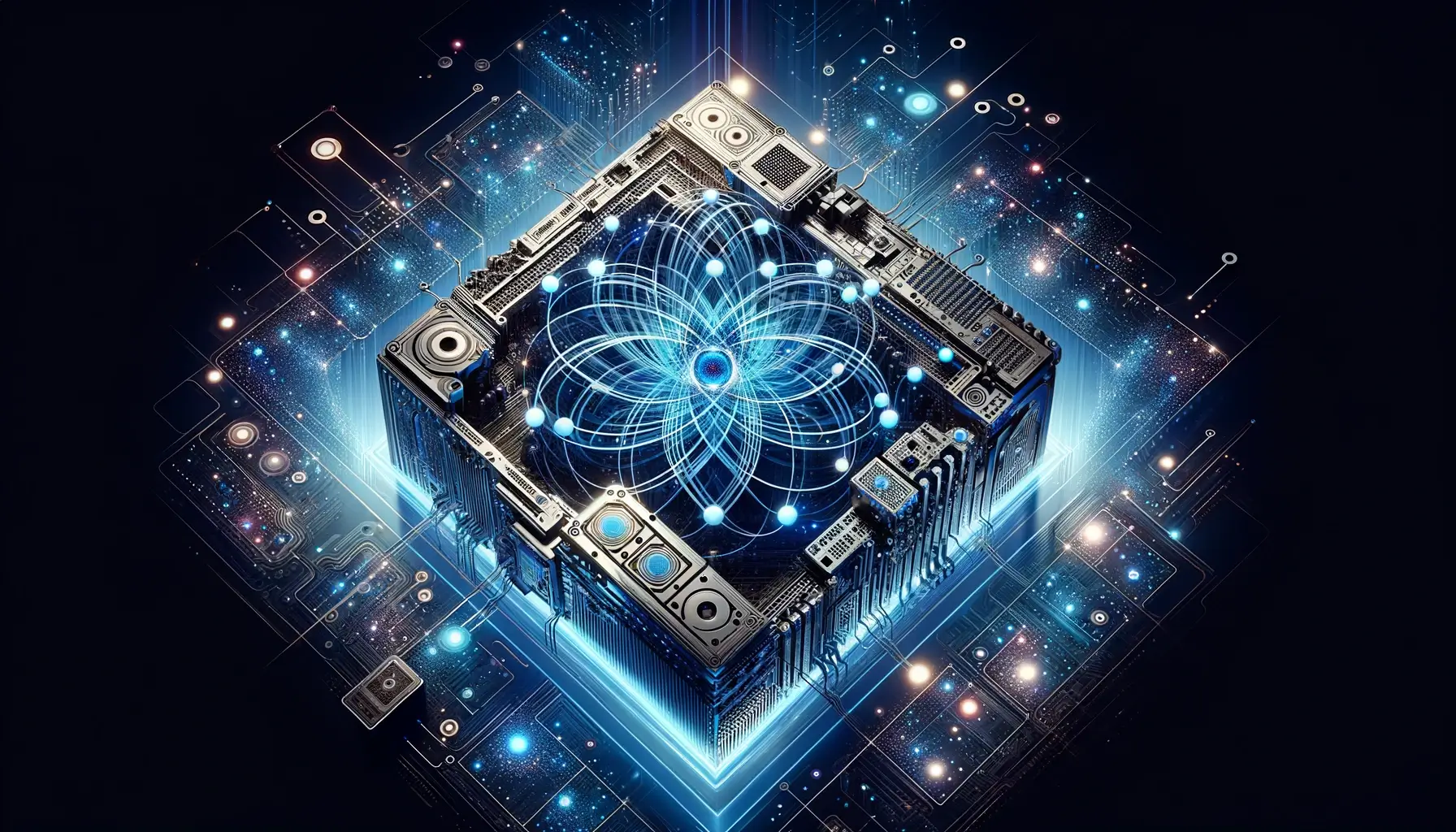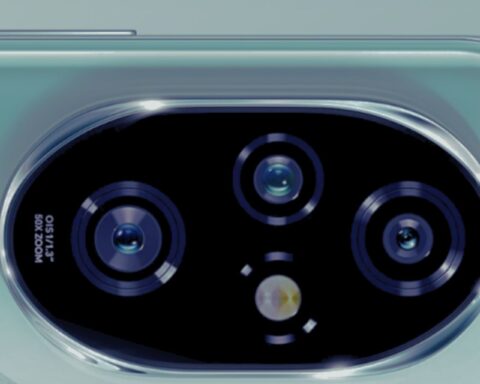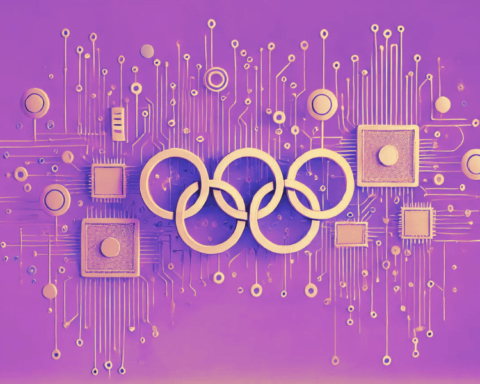In an ambitious declaration, Microsoft reveals its progressive blueprint for the creation of its proprietary quantum supercomputer.
Relying on the groundwork laid by its researchers over the years, the technology giant envisions to construct a supercomputer using topological qubits within a decade.
Microsoft’s Quantum Com
Microsoft’s VP of advanced quantum development, Krysta Svore, asserts that this supercomputer is projected to reliably execute one million quantum operations per second.
This is a new performance metric introduced by Microsoft as the tech industry aims to transcend the current phase of Noisy Intermediate-Scale Quantum (NISQ) computing.
Svore proclaims that Microsoft’s path to realising the quantum supercomputer will span”years, not decades.
This audacious timeline was underpinned by a significant breakthrough achieved last year, wherein Microsoft’s team demonstrated their ability to create Majorana-based qubits, a milestone that propelled Microsoft’s quantum computing journey forward.
Majorana qubits are renowned for their exceptional stability compared to traditional methods.
Despite the challenging process of their fabrication, Microsoft’s early adoption of this technology bore fruit.
Critical milestone
A year after the announcement of this achievement, Microsoft published a new peer-reviewed paper validating their accomplishment and providing more comprehensive data.
Today, Microsoft reached a foundational implementation level with noisy intermediate-scale quantum machines.
These devices, constructed around physical qubits, have not yet reached the necessary reliability to serve practical purposes, either scientifically or commercially.
The subsequent critical milestone, as per Svore, is achieving the “resilient level.”
The company needs to develop a quantum computer capable of performing a million reliable quantum operations per second and maintaining an extraordinarily low failure rate of one per trillion operations.
Microsoft’s team is now preparing to build hardware-protected qubits, making significant headway in their efforts.
These qubits will be tiny (less than 10 microns on a side) and swift enough to complete one qubit operation in under a microsecond.
The subsequent stages involve the entanglement of these qubits and operating them through “braiding,” a theoretical concept since the early 2000s.
Microsoft’s bold leap
Microsoft’s ambitious path ahead includes the construction of a compact multiqubit system and demonstration of a comprehensive quantum system.
Given the complexity of the journey and the time it took to reach the initial milestone, it remains to be seen how Microsoft will perform against competitors like IBM and IonQ, who are also striving for similar breakthroughs using more conventional qubit-building techniques.
As part of this bold announcement, Microsoft also unveiled Azure Quantum Elements, a platform intended to expedite scientific discovery through a synergy of high-performance computing, AI, and quantum.
Additionally, Microsoft introduced Copilot for Azure Quantum, an AI model trained specifically to aid scientists and students in producing quantum-related calculations and simulations.
What is a quantum computer?
A quantum computer utilises quantum mechanics principles to perform complex calculations at extraordinary speeds.
Instead of using traditional bits (which are either 0s or 1s), quantum computers use quantum bits, or qubits, that can be both 0 and 1 at the same time, thanks to a property called superposition.
Furthermore, qubits can also be entangled, meaning the state of one qubit can depend on the state of another, no matter how far they are separated, leading to a massive increase in computational power.










